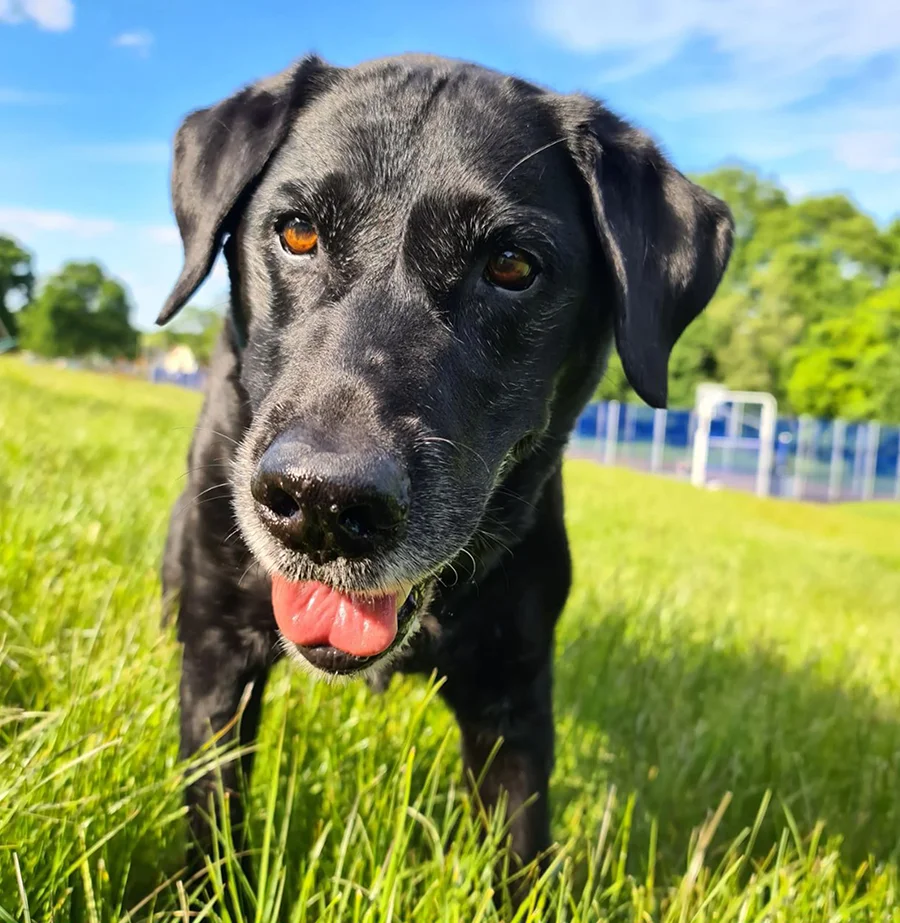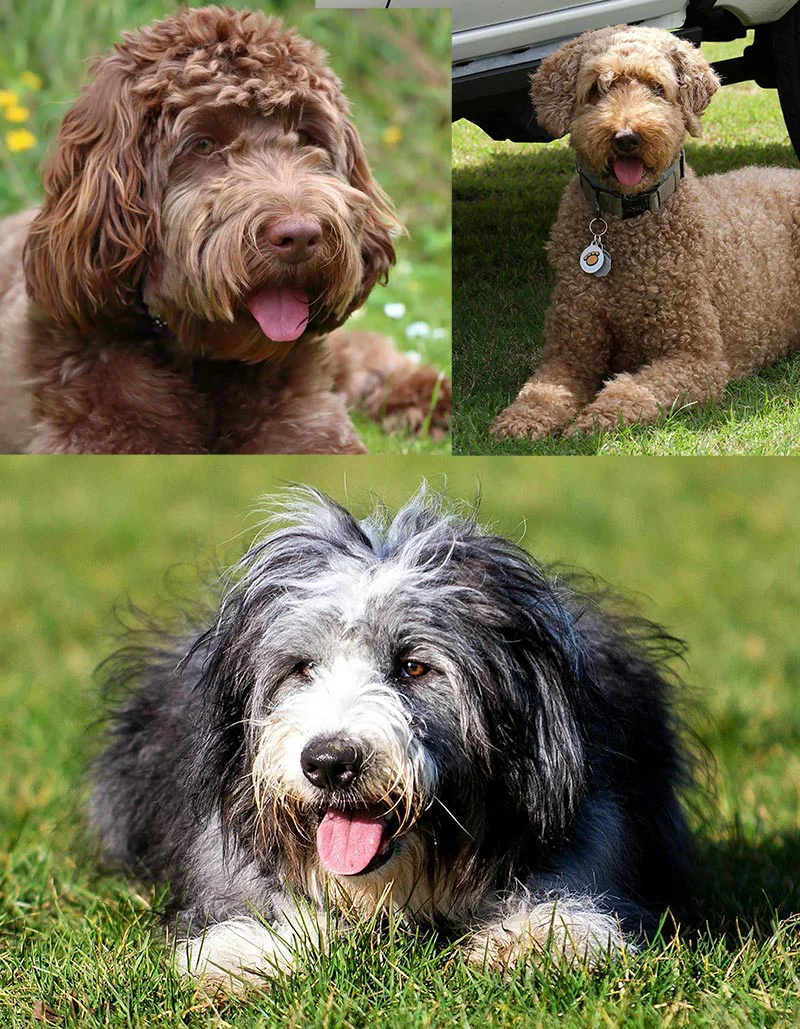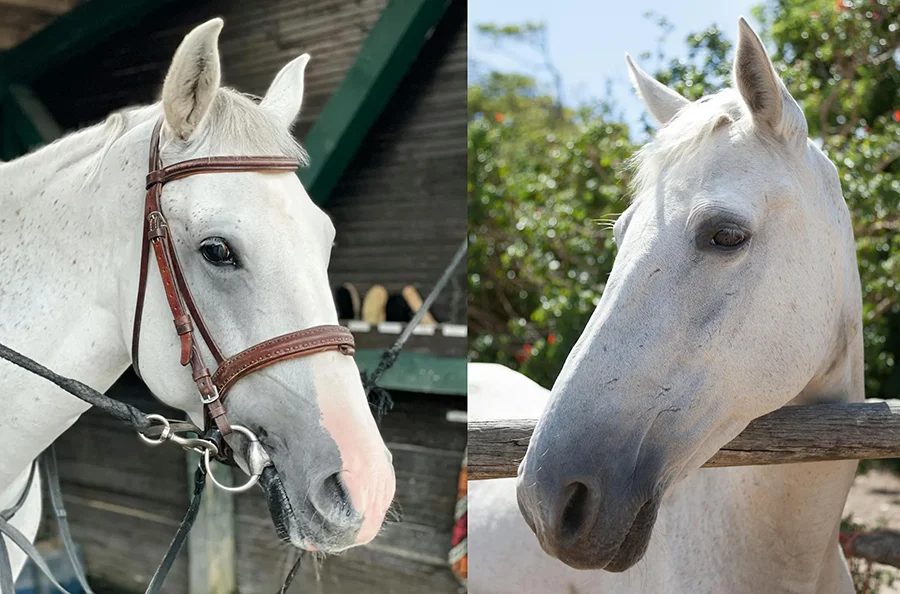
Pet Portraits Photography Tips
Photos taken in natural daylight are always best — ideally outside, or near a large window if indoors. Avoid using flash, as it can flatten the features and alter your pet’s colouring. The more I can see in the photo, the more I can include in the drawing — little details like the texture of the fur, the glint in their eyes, or even the character in their expression.
If possible, get down to your pet’s eye level when taking the picture. This helps capture a more personal, natural pose and creates a stronger connection in the final portrait. A clear, sharp image where I can see their eyes well is often the difference between a good drawing and one that truly comes to life on the page.
Don’t worry if you’re not sure which photo to choose — feel free to email me a selection and I’ll help guide you. Sometimes the photo you’re least expecting can be the perfect one!

Focus on Their Eyes
The eyes are the most expressive part of any portrait, so they need to be crystal clear in your photo. Make sure their eyes are in sharp focus as this will help me to bring them to life in my drawing. The photo below is of Twiglet, and my client has taken the most amazing photo of her; the eyes are so expressive here. Everything is in focus and it is perfect for a drawing.
I actually used a different photo for the basis of the drawing as perhaps she is looking up a little too much, but it's such an amazing photo I just had to include it here as a good example. If you take some blurry photos, it's not a problem, just delete them and keep going. If you find that many of your photos are blurry, then you might need to move to a brighter location. More on that below...

Getting the Perfect Pose
This photo of Kipling is pretty much the perfect three-quarter pose. It's a perfect angle for dogs, cats, and horses. When you are taking photos, try **not to look down on your pet**. If you have a small to medium-size dog, you could place them on a picnic table or some garden steps where someone can stand with your pet while you photograph them.
This will produce a much better portrait as we will be looking at the dog from the front or perhaps slightly side on. It allows me to create a beautiful portrait where they are looking right at you, or over your shoulder and into the distance. It gives me the option of including their neck and chest too.

Use Natural Lighting
The photo of Rusty was taken in their front yard in full sun, which was absolutely perfect. The best light for capturing a pet’s true color and detail is natural daylight. Take photos outdoors on a bright day or near a window and try to avoid using flash, as it can create red-eye effects and flatten the details in their fur. If you need to take photos indoors, use a room with plenty of soft, natural light and avoid harsh overhead lighting.
You can see that my client walked towards Rusty, crouched down, and filled the frame with his head and chest. This allows there to be a lot of information within the photo to draw from. So try to fill the frame (without pinching and zooming) to really get a great photo. A good tip is to try holding their favourite treat or toy just above the camera to get their attention.

Choose a Simple Background
A cluttered background can be distracting when you are trying to concentrate on looking at your pet on the screen of your phone. Not to mention getting them in focus. Try to photograph your pet in a neutral setting or soft background like a garden, a cozy rug, or a plain wall.
A simple background ensures that all the focus remains on your pet. If your pet blends into the background, try photographing them against a contrasting colour for better definition. A simple background ensures that all the focus remains on your pet. If your pet blends into the background, try photographing them against a contrasting colour for better definition.

Multiple Pets? Take Separate Photos
If you’d like a portrait of multiple pets together, the best option is often to take separate photos of each pet, and I can combine them into one drawing. This allows for better composition and ensures each pet is perfectly positioned in the final artwork.
Ears can dramatically change the expression of your pet’s portrait. When their ears are alert and forward, it creates a lively and engaged look, while relaxed ears can give a softer, more serene feel.
If you would like a more alert look, try calling their name, whistling, or holding up a treat to capture that perfect moment. If your pet is particularly expressive, experiment with different sounds or movements to see what gets their best reaction.

Reins and Tack
If you are commissioning a horse portrait, it's best to decide early on whether you would prefer your horse drawn with reins and tack, or in a more natural pose without them. The choice is entirely yours, but if you'd like the **portrait drawn without tack, please take photos without tack.** Removing it from reference photos can mean guessing what’s underneath, which isn’t ideal. The same applies to rugs; if your horse is wearing a full winter rug, it’s very difficult to draw what can’t be seen.
Ideally, photos should be taken outside in natural light in a field or stable yard. I’ve drawn many horses looking over a stable door, which works well, but photos taken inside a stable are often too dark. **Natural light is absolutely essential.** Also, consider whether you’d like your horse drawn with a summer or winter coat; it’s not easy to turn one into the other!